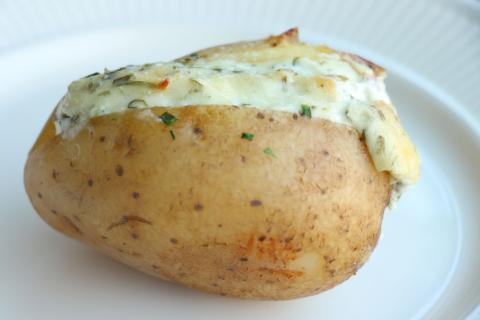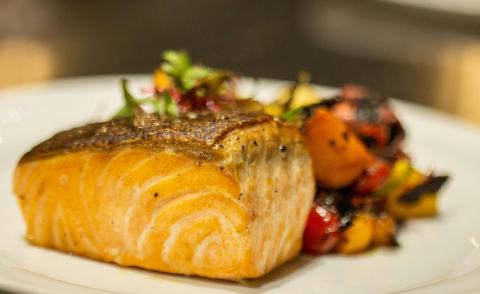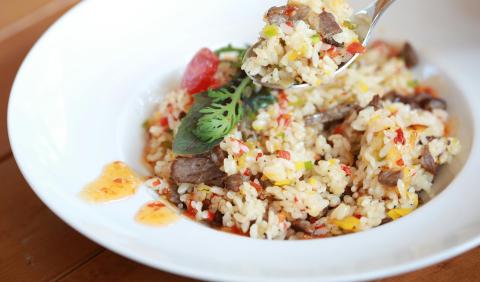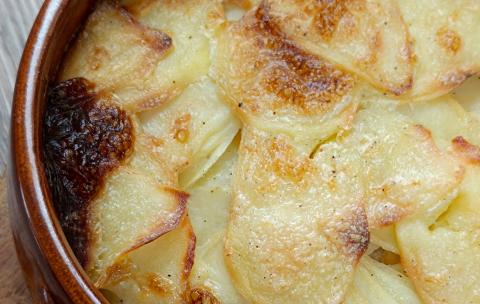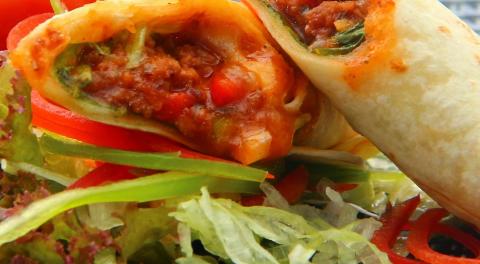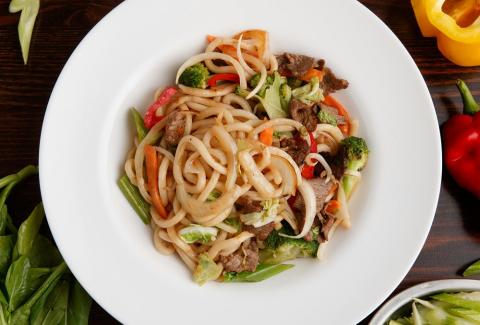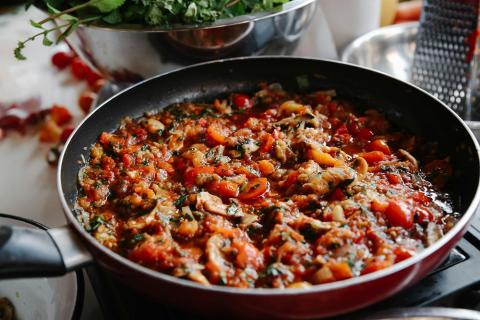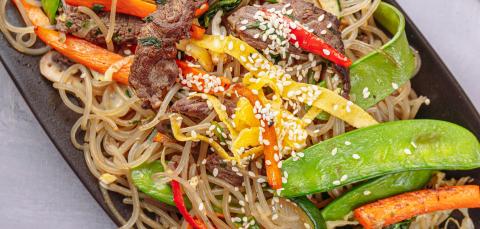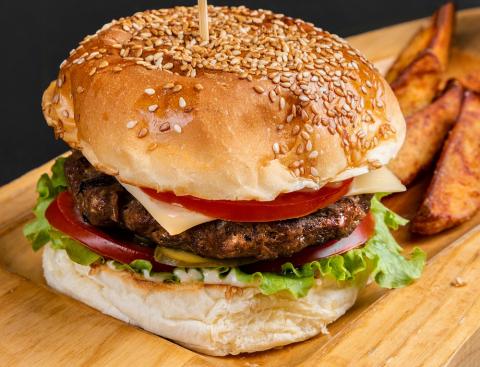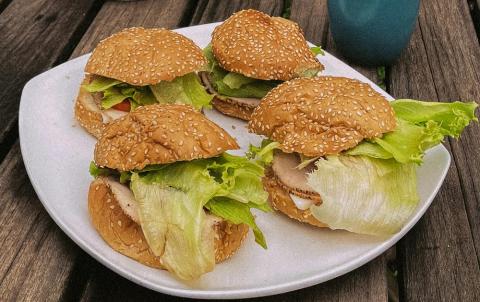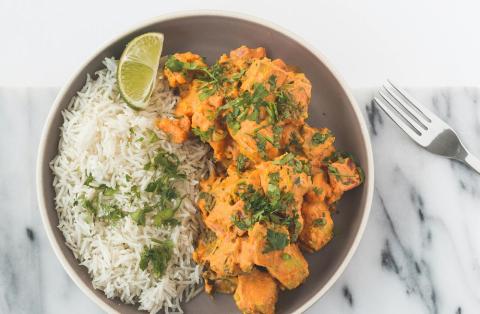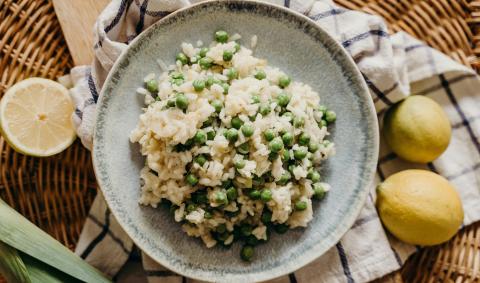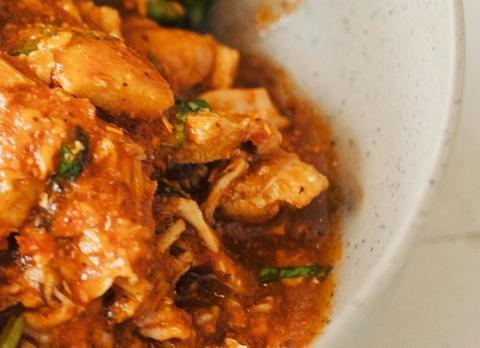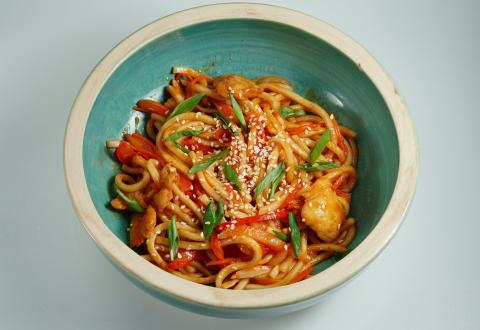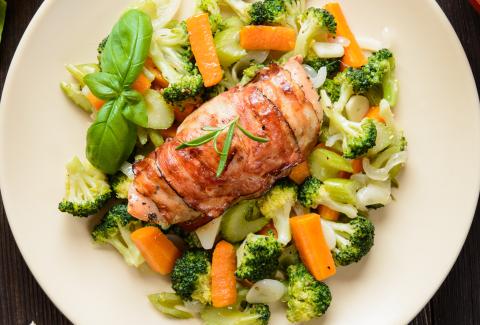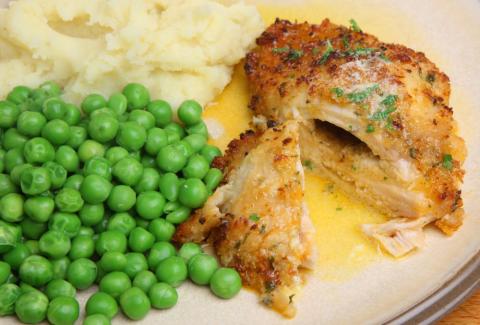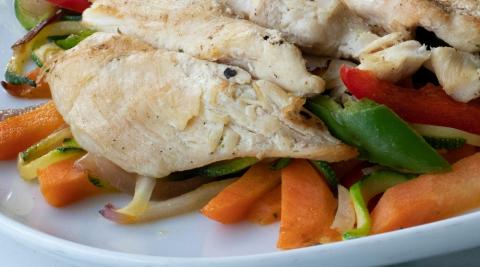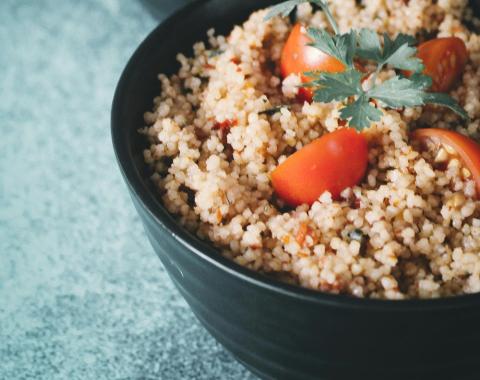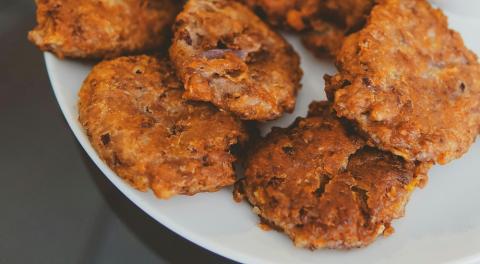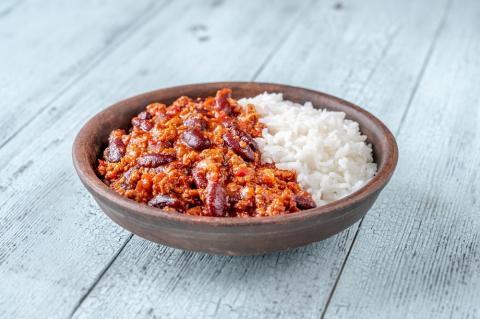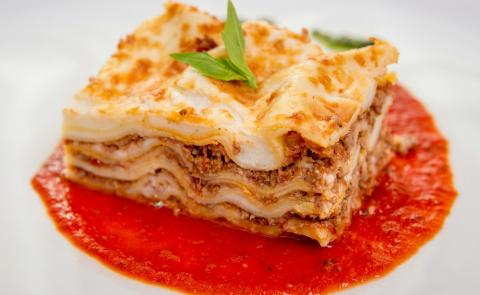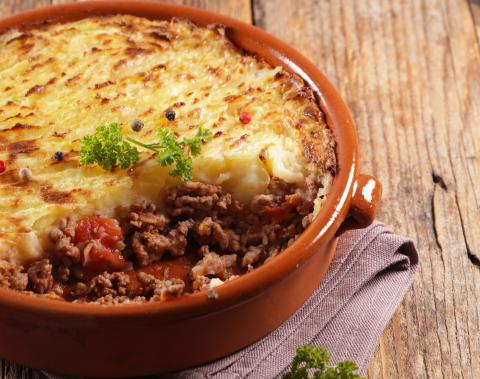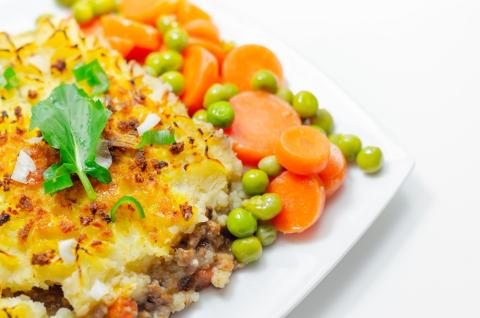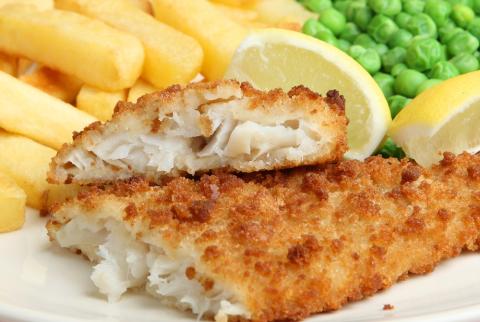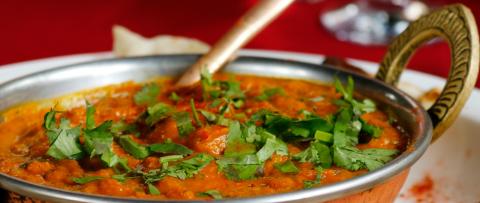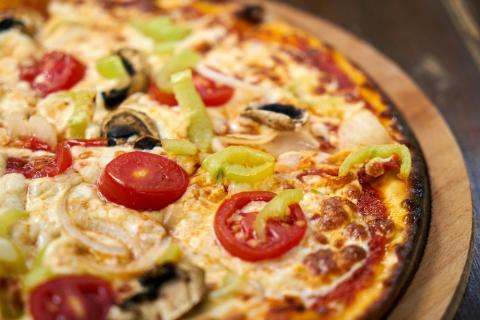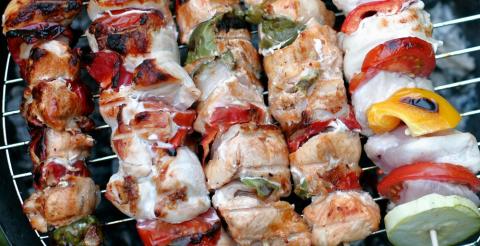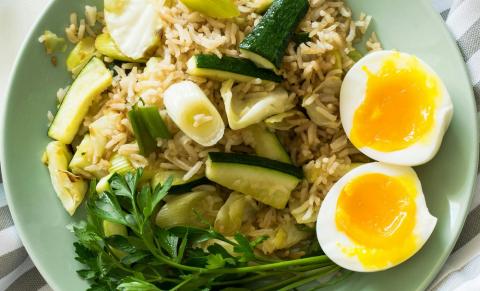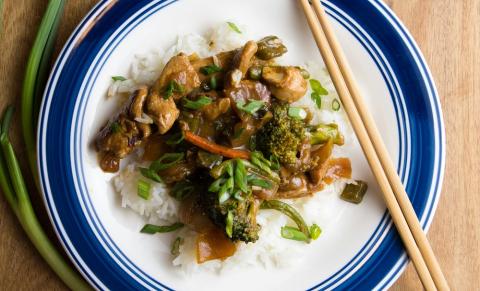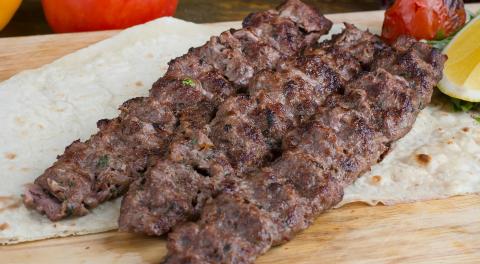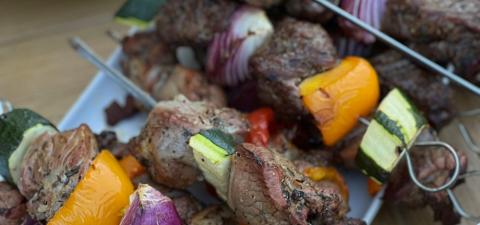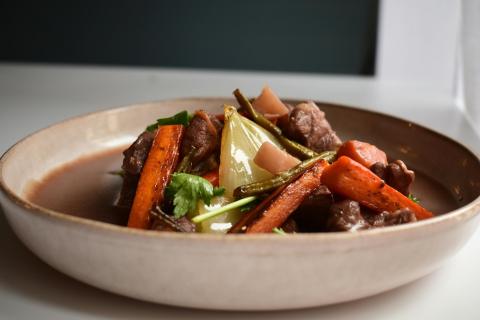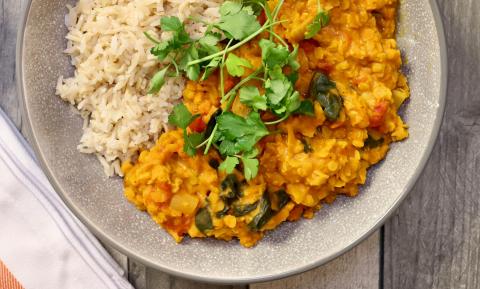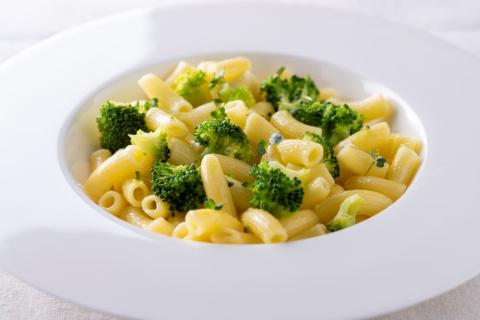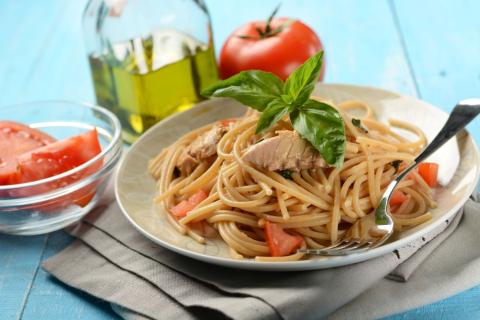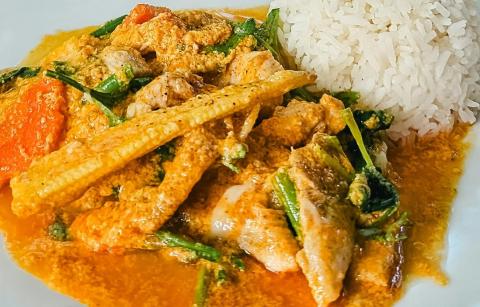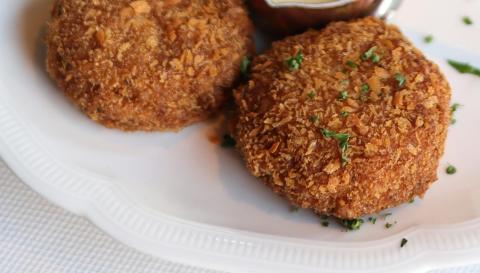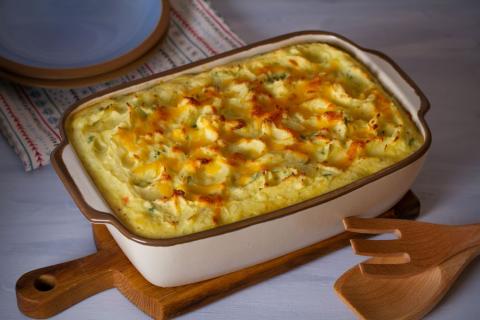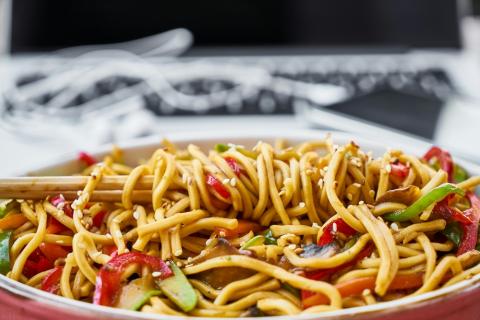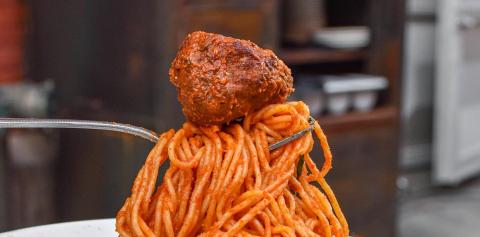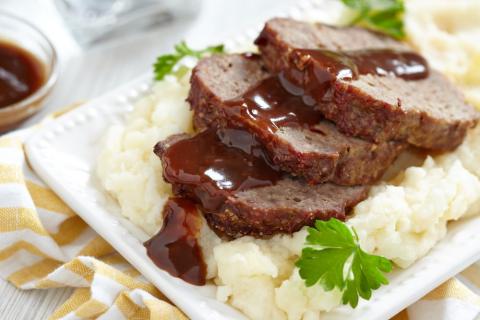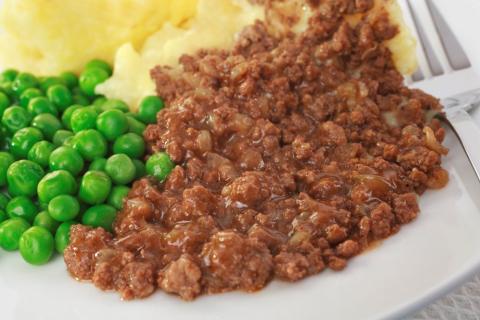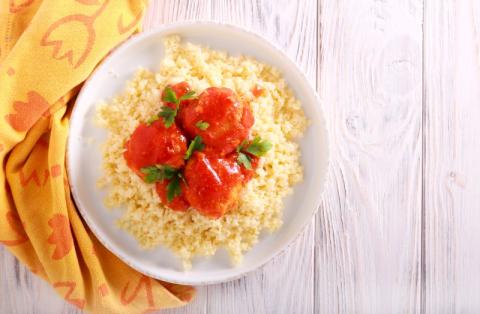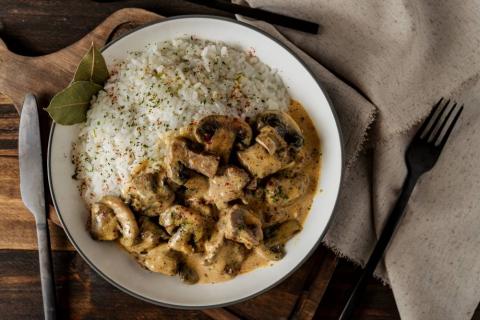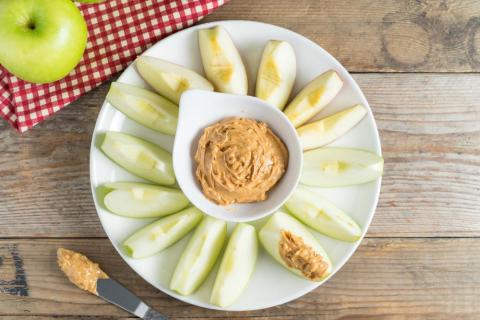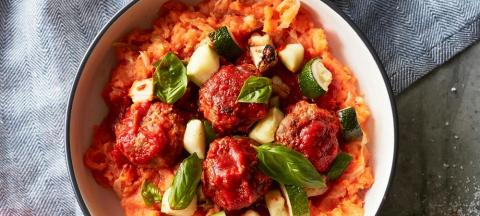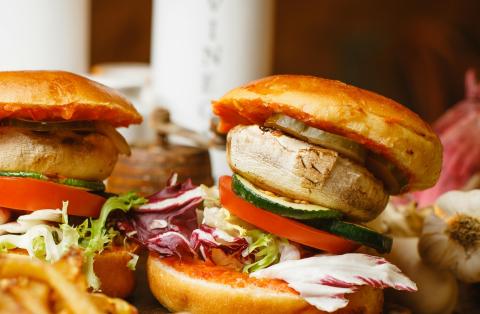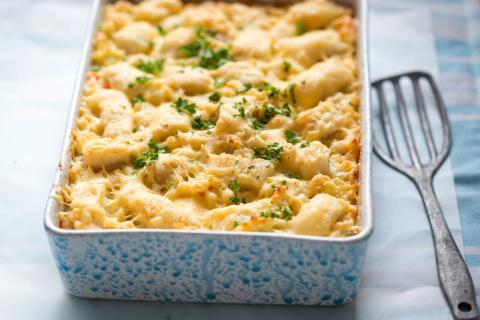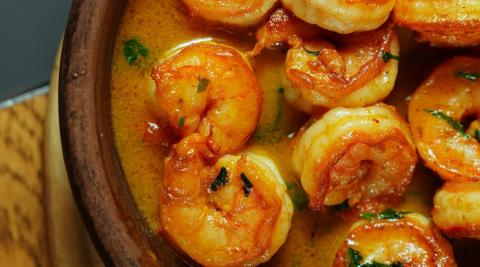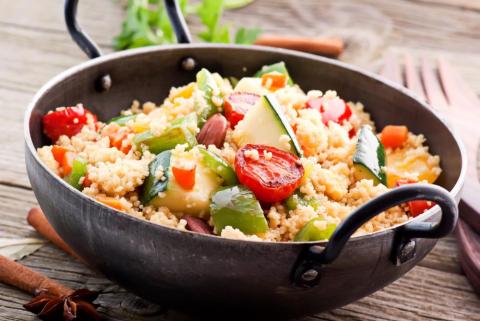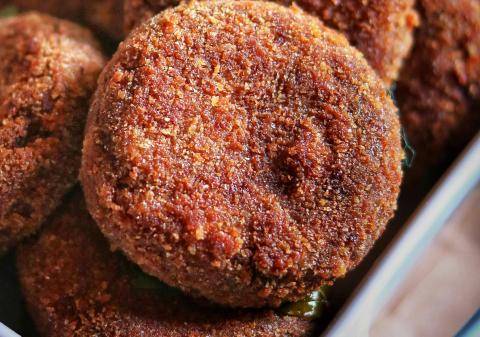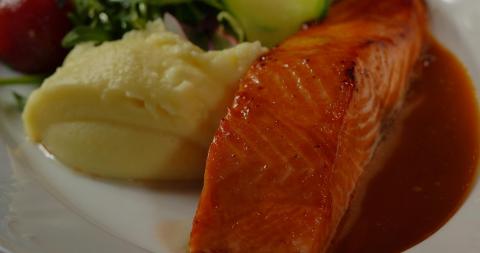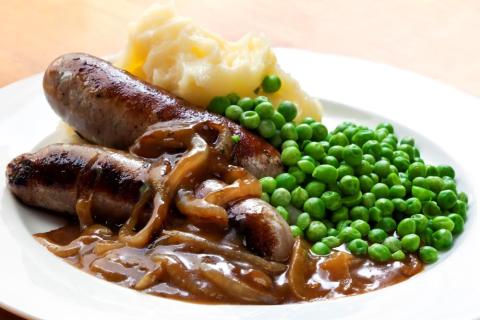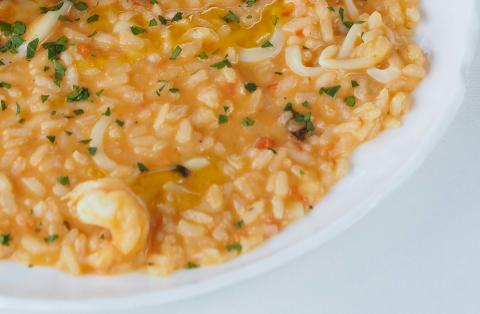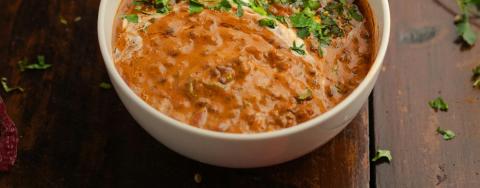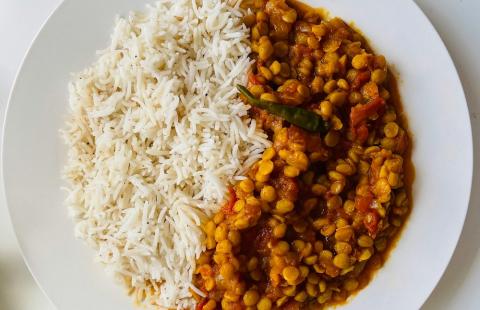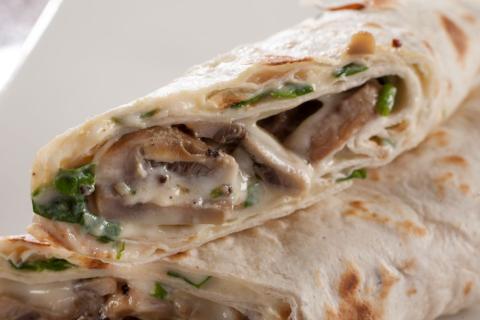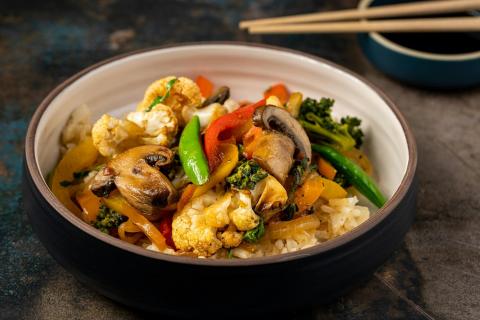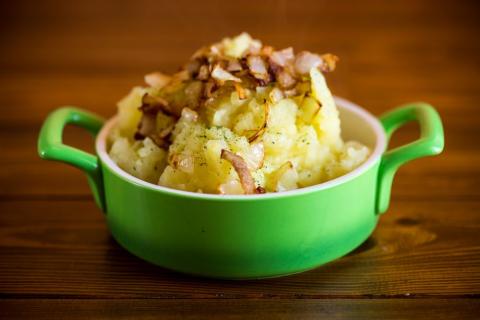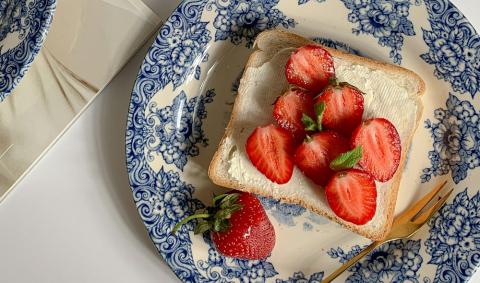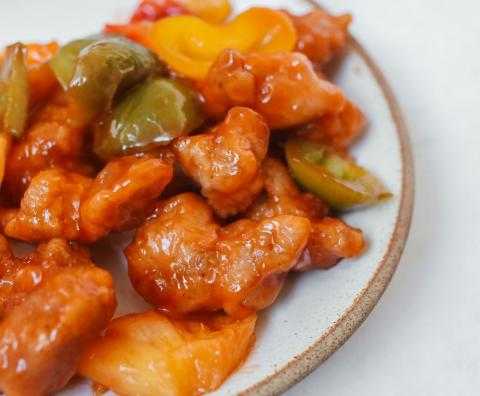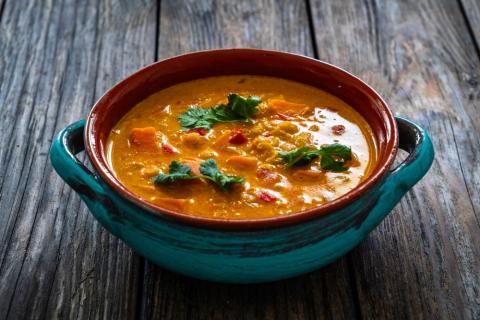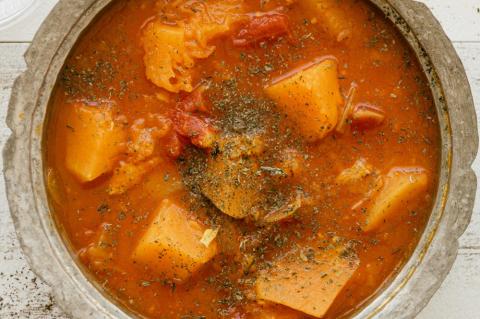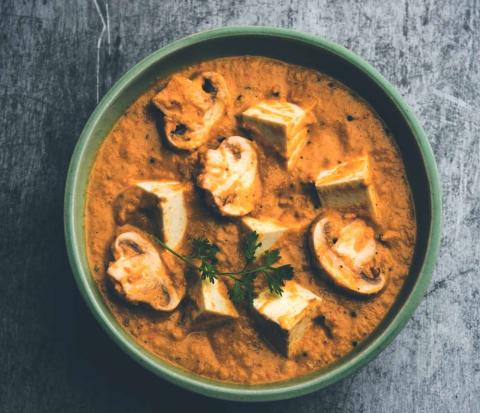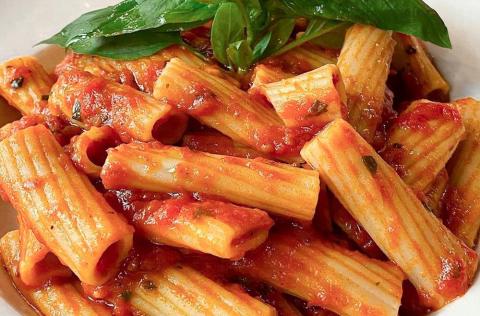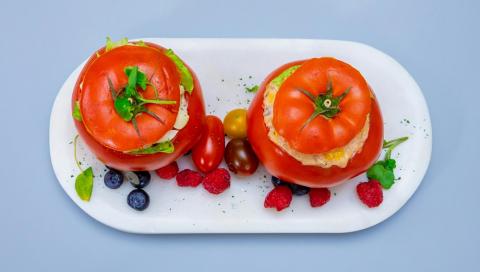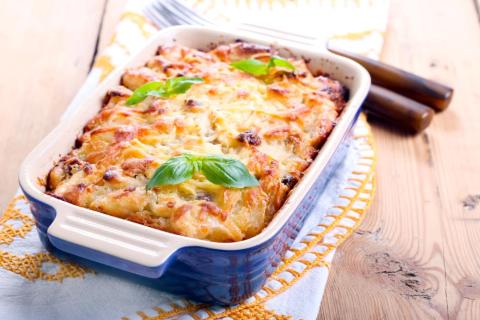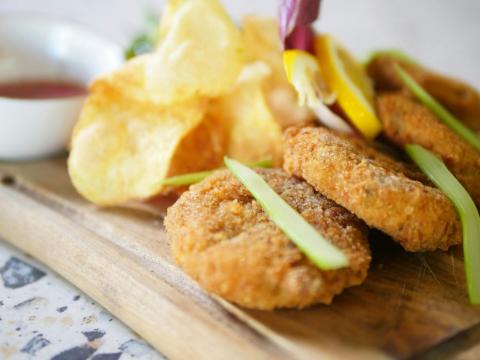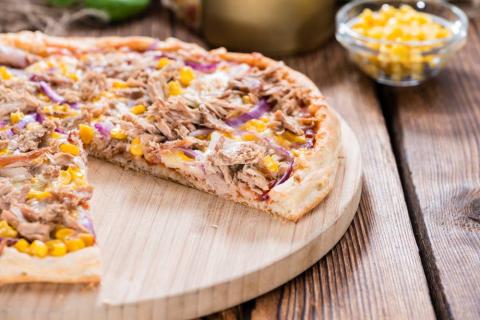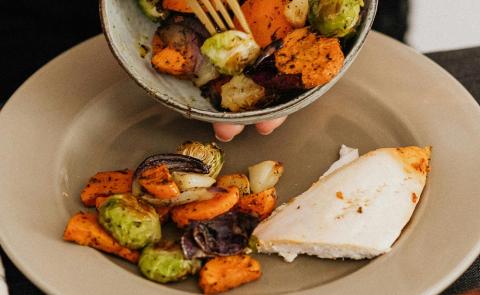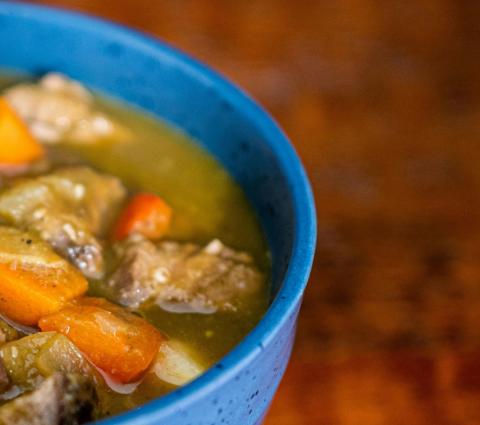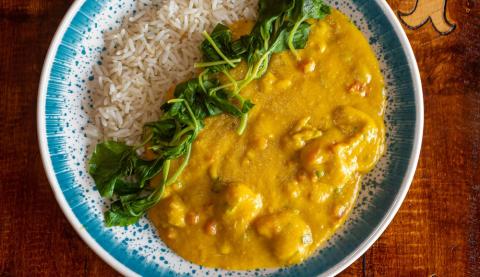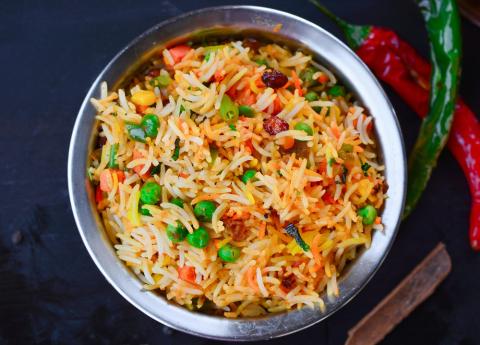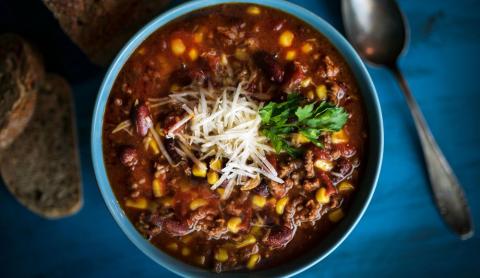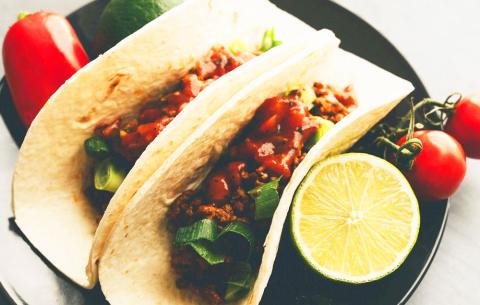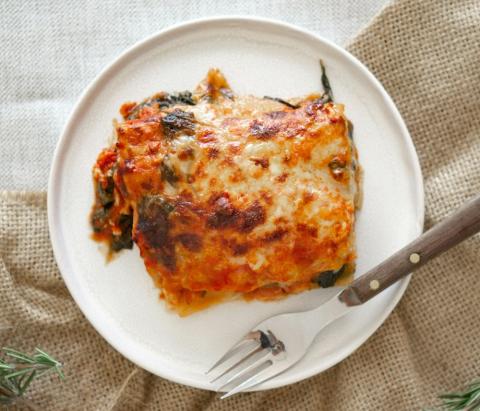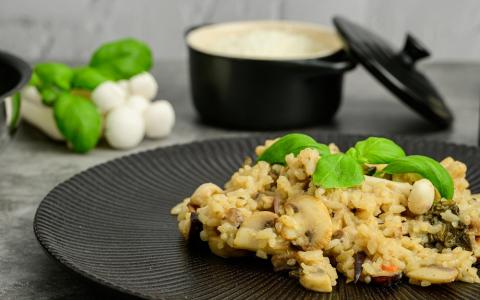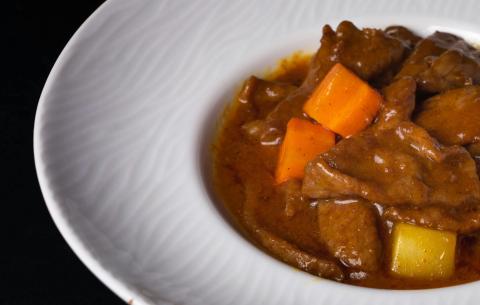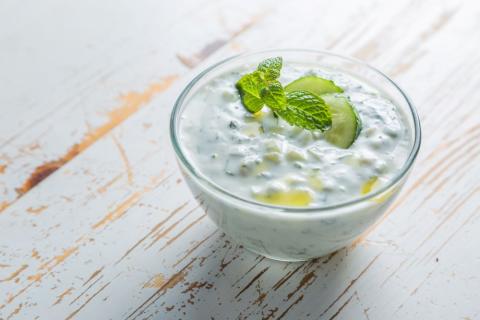- 4 Large Baking Potatoes
Ingredients
Allergy Disclaimer
Always check the label of each ingredient for allergy warnings.
Method
- Preheat the oven to 170°C / 150°C fan oven / 310°F / gas mark 3. Place the potatoes in a large pan and cover with boiling water.
- Wash potatoes and dry them thoroughly with a cloth.
- Place the potatoes on the centre shelf of the oven and let them bake for 1.5-2 hours until crisp. Check with a fork to make sure they are cooked through.
- Alternatively, the potatoes can be precooked in a microwave, 5-6 minutes on each side depending on power, and then crisped in the oven for 10-15 minutes.
Cost Saver Tips
Reduced salt and sugar baked beans and/or cheese, or tuna and sweetcorn are some no-fuss options.
Tips for Kids
Baked potatoes can be a great side to a main meal or an easy lighter meal, served with a variety of fillings. Why not include vegetables in the fillings or as a side to help towards your little one’s five a day? If your little one isn’t a fan of the skins, why not scoop out the potato once cooked and mix it with the filling? You could try to encourage them to eat a little bit of potato skin, but don’t let it put them off the whole meal!
Nutritional Information
Based on a single serving of 220g (% of an adult's reference intake)
Energy
213 kcals ( 11 %)
909 kJ ( 11 %)
Fat
0.2 g ( 1 %)
Saturates
49.7 g ( %)
Sugar
3.1 g ( 3 %)
Salt
0.1 g ( 1 %)
Detailed nutritional information
| Per 100g | Per 220g serving | |
|---|---|---|
| Energy Kcals | 97 | 213 |
| Energy Kj | 413 | 909 |
| Protein | 2.5 g | 5.5 g |
| Total Fat | g | g |
| Saturated Fat | 0.1 g | 0.2 g |
| Carbohydrates | 22.6 g | 49.7 g |
| Total Sugars | 1.4 g | 3.1 g |
| NSP Fibre | 2.6 g | 5.7 g |
| Sodium | 2 mg | 4 mg |
| Salt | 0.0 g | 0.1 g |
Find out about nutritional labelling
Nutrition labels on the front of packaging
- Most of the big supermarkets and many food manufacturers display nutritional information on the front of pre-packed food.
- Front of pack nutrition labels provide information on the number of grams of fat, saturated fat, sugars and salt and the amount of energy (in kJ and kcal) in a serving or portion of a recipe.
- The labels also include information about reference intakes (expressed as a percentage) which are guidelines about the approximate amount of particular nutrients and energy required for a healthy diet.
- The colour coding tells you at a glance if the food has high (red), medium (amber) or low (green) amounts of fat, saturated fat, sugars and salt.
- The more greens on the label, the healthier the choice
- Amber means neither high nor low, so you can eat foods with all or mostly ambers on the label most of the time.
- Reds on the label means the food is high in that nutrient and these are the foods we should cut down on. Try to eat these foods less often and in small amounts.
Food shopping tips
If you’re trying to decide which product to choose, check to see if there's a nutrition label on the front of the pack. This will help you to quickly assess how your choices stack up. You will often find a mixture of red, amber and green colour coding for the nutrients. So when you're choosing between similar products, try to go for more greens and ambers and fewer reds if you want to make a healthier choice.
 Activities & Play
Activities & Play Behaviour
Behaviour Childcare
Childcare Development & Growing Up
Development & Growing Up Family, Friends & Relationships
Family, Friends & Relationships Feeding Your Baby
Feeding Your Baby Food & Eating
Food & Eating Health & Safety
Health & Safety Mental Health & Wellbeing
Mental Health & Wellbeing Money & Work
Money & Work Online Behaviour & Safety
Online Behaviour & Safety Pregnancy & First Days
Pregnancy & First Days School & Education
School & Education Sleep
Sleep


